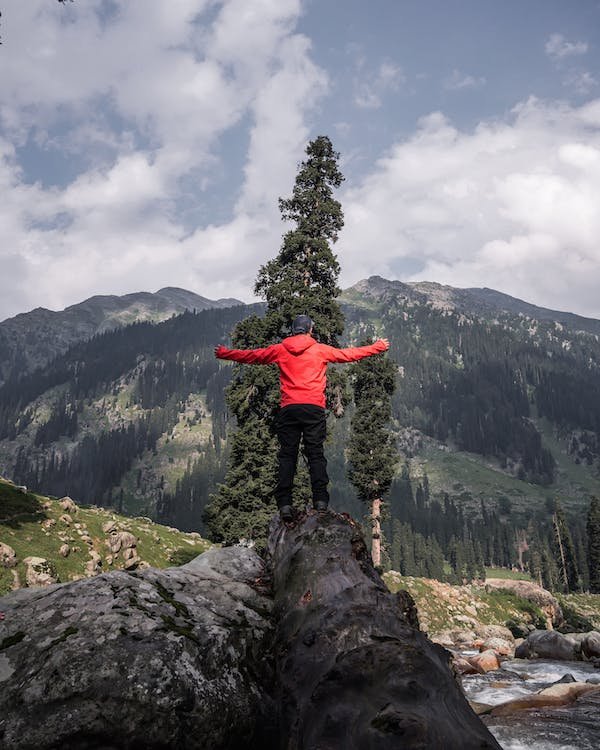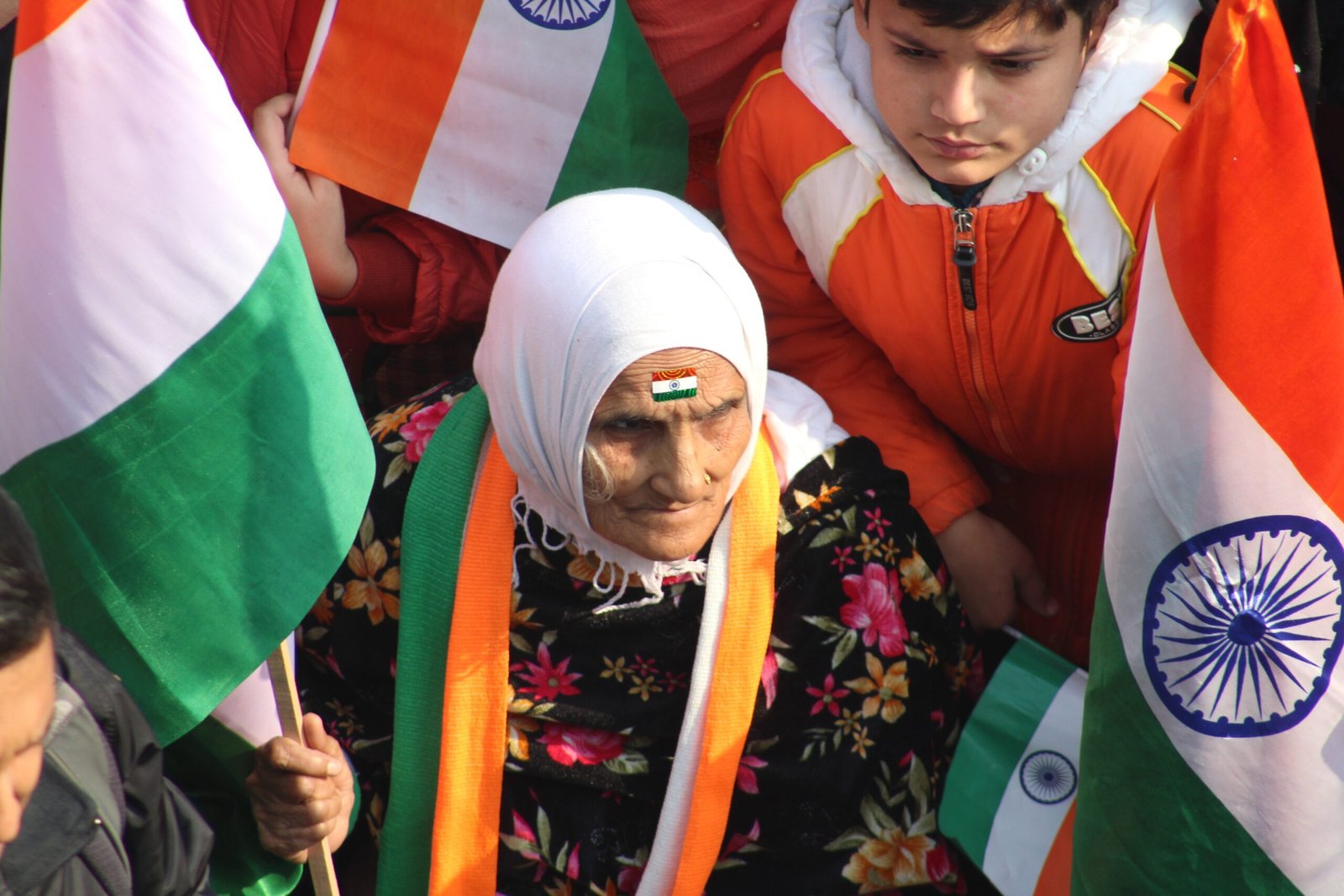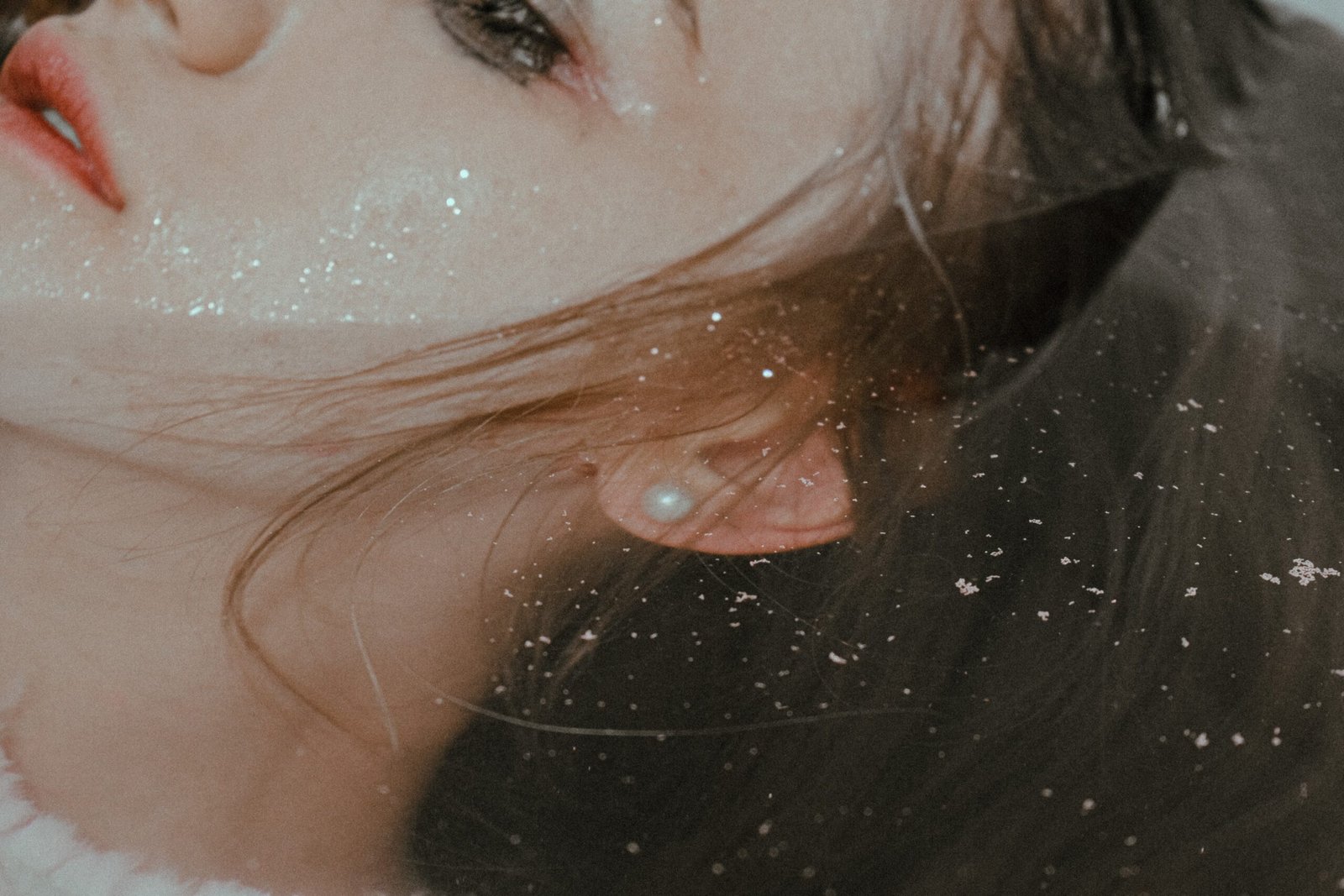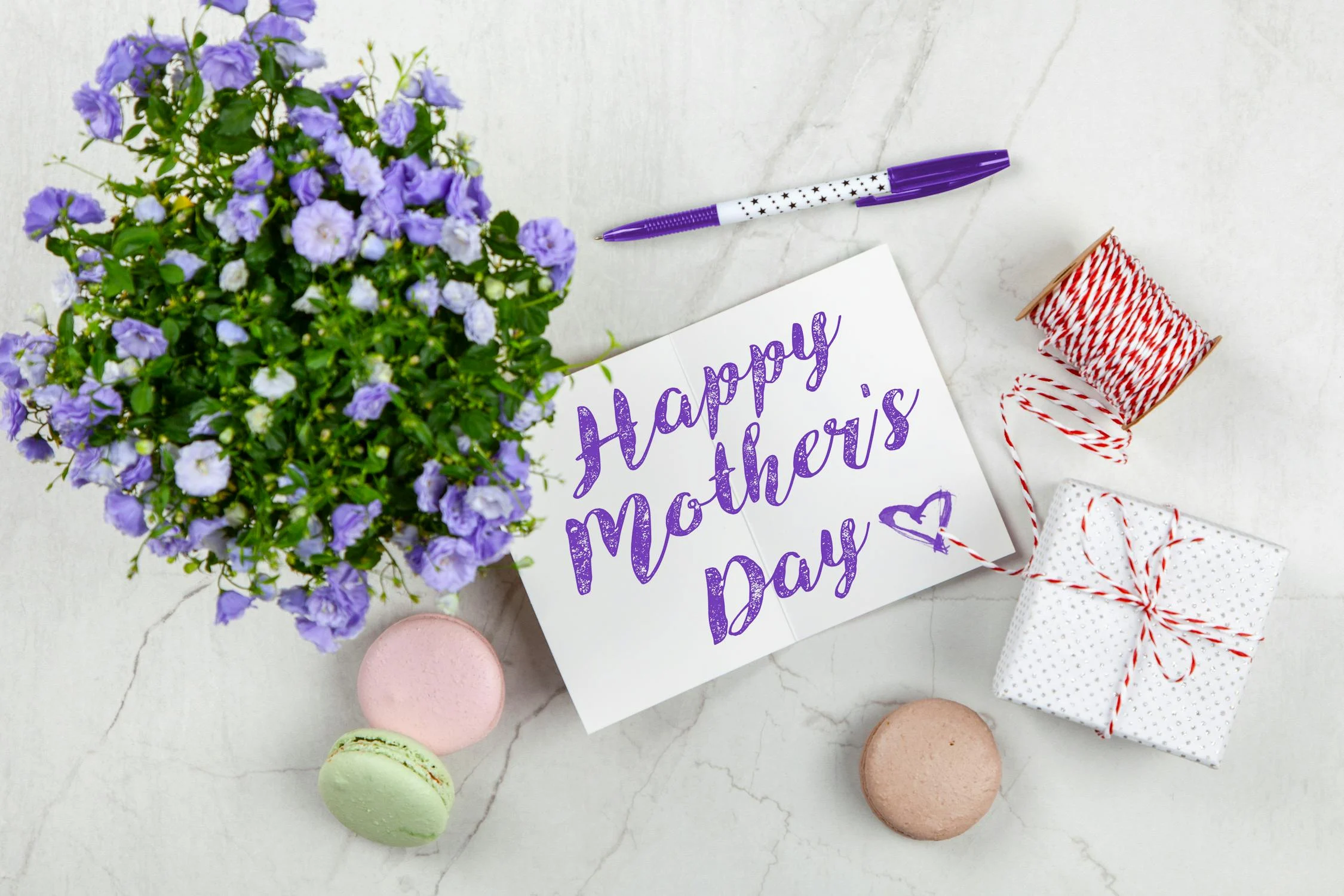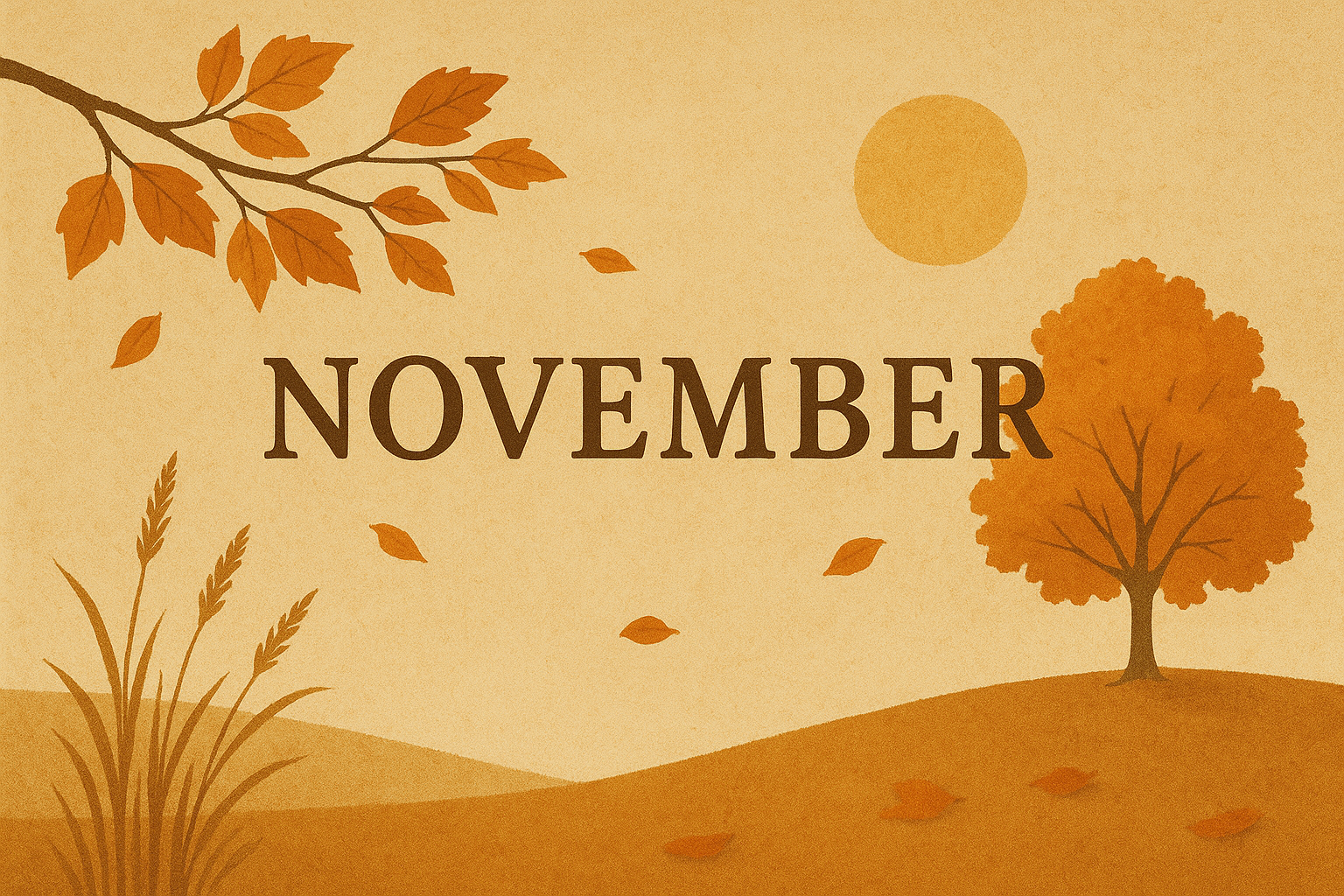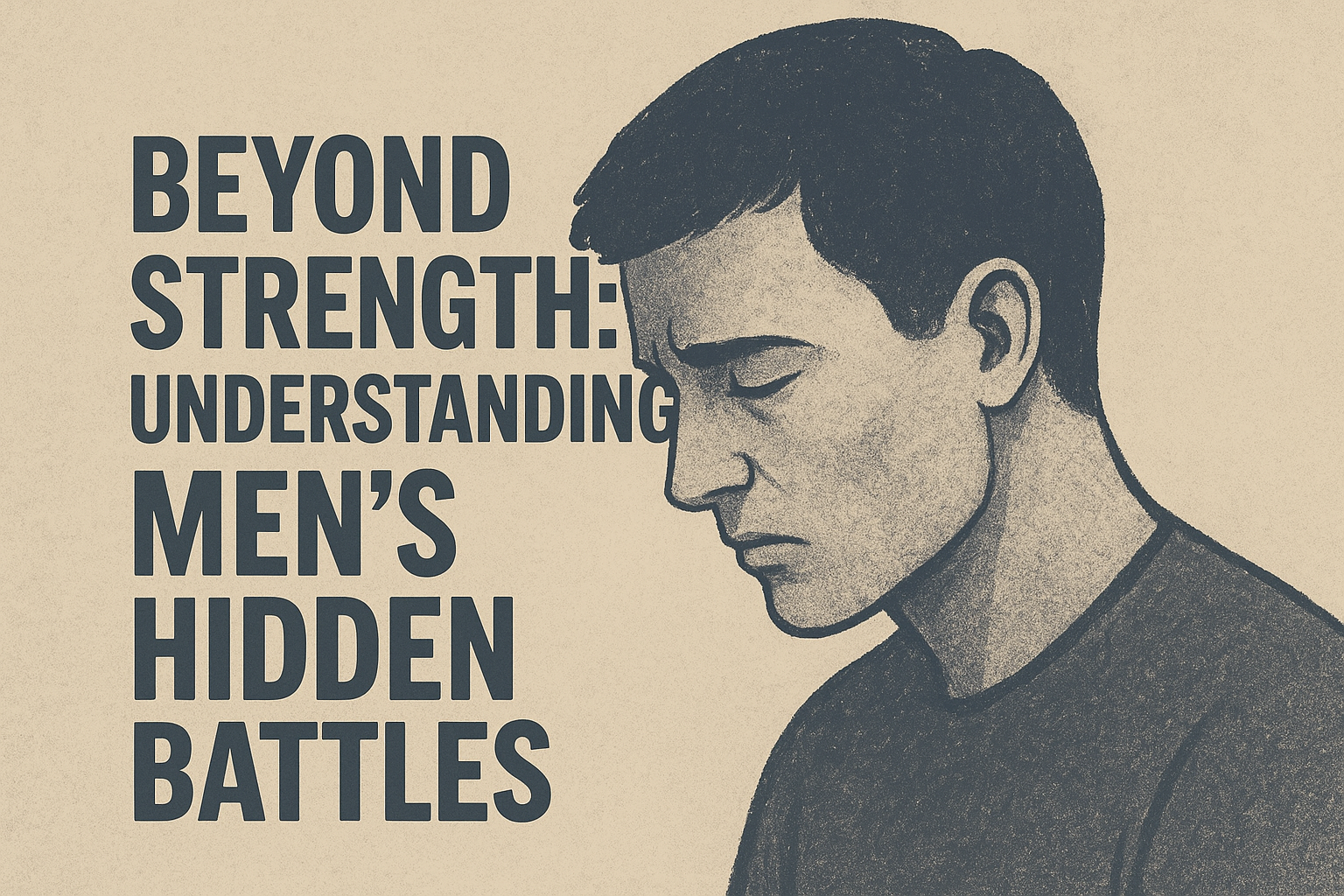This was the first thought when I heard the recent news of an American athlete who died during ski mountaineering in the Himalayas on September 26, 2022.
Hilaree Nelson was 49 years old – two months shy of her fiftieth birthday, when she met with her end. She was an extreme alpine ski mountaineer and a single mother of two boys, aged fourteen and twelve. She was apparently blown off a cliff while she was skiing down Mount Manaslu in the Himalayas, the world’s eighth-highest peak. After successfully reaching the summit on September 26, she got caught in an avalanche, fell from the 8,163 meters summit in Nepal, and was later declared missing. Her partner Jim Morrison, who was skiing ahead of her tried searching for her. But the rescue mission was called off due to bad weather. Her body was found two days later on September 28th and cremated in Kathmandu on October 2nd.
Ever since I heard of her tragic demise, I have been obsessed with finding out more about this trailblazer. I wasn’t even sure, what exactly an alpine ski mountaineer does. As I studied, I came to know that Ski mountaineering is a niche adventure sport. It involves climbing up treacherous snowy mountains and peaks carrying skis and gear. And then skiing down the peaks and slopes. Several times, these unreachable peaks are virgin places, that have never been navigated, or charted before.

Hilaree was a beacon of women empowerment and gender equality, in this very male-dominated extreme sport. Alpine climbing and skiing were her passion and her obsession. She became the first woman to summit two 8000-meter peaks, Mount Everest and Lhotse in a 24-hour push on May 25, 2012. Hilaree served as the global athletic team captain for ‘The North Face’, and was a National Geographic Explorers grant recipient, with over 40 expeditions under her belt. She was named one of “The 25 Most Adventurous Women of the Past 25 Years” by Men’s Journal. She was also named as one of National Geographic’s 2018 ‘Adventurers of the Year’.
I watched her re-released podcast from 2018, where she talks very honestly about her childhood, her parents, her life, her aspirations, and her passion. I watched the videos of her reaching the summit of Mount Lhotse, the sister peak of Mount Everest, with her partner.
The sheer beauty of nature and her unforgiving attitude towards humans, the level of risk and difficulty, the demands on body and mind, left me awe-struck.
Hilaree was an exceptional athlete, who knew what her sport entailed. She worked on her mind and body in readiness for the challenges involved, and she understood what the pursuit was all about. Her encounter with the rugged terrain and the inclement weather taught her valuable lessons. Living fully in the present is all that mattered to her. It also taught her that the basic human need for food, water and shelter triumphs over everything else in this world.
For her, the expedition was as much about the challenge, as it was about connecting and learning from the people, interacting with the Sherpa guides and locals, as she attempted to climb the snowy peaks in India, Nepal, Burma and Pakistan.
But I kept wondering, what makes someone engage in such extreme adventures, where the dangers are as clear as the rising sun?
The life mantra she lived by was about taking risks and embracing failures. For her, the extreme expeditions were about opening up the little boxes we choose to live in. It was a chance to get to know her inner self and discover the true potential within.
I looked at the Instagram posts from Nepal, from her last days leading up to her death.
She writes about not feeling sure-footed on this expedition to scale Mount Manaslu. The thin air and monsoon with incessant rain and humidity made her hopelessly homesick. She talks about ending the bid for the summit.
But, she decides to try again.
That left me with a lot of questions.

How does a mother assess the risks that are involved in dangerous expeditions? It can go seriously wrong, when all it would take is for Mother Nature to shift her pattern, merely by an inch.
But we do have mothers who serve in the military. I personally know of women in the police force who put their lives on the line every single day. We know women who work as firefighters, and actively show up to work in dangerous settings. At the same time, I also know of female police officers who retired when they became mothers. I know an avid female biker who sold off her motorbike when she became a mother.
On a personal level, I stopped taking unwanted little risks, when I became a mother.
So, how does a mother weigh her options, when engaging in a profession, where she faces death at every turn?
How did Hilaree justify the risks she took, the risk of being left at the mercy of the extreme terrain and unpredictable weather conditions?
What were her thoughts, then?
When asked about this specifically by the interviewer, she talks about attempting to summit a 8,000 meters peak in Pakistan, when her son was only ten months old. “I was so terrified of not picking up that part of my life. I had to keep this identity as a ski mountaineer. I had to keep myself because I thought that would be a better way to be a mom, and have my kids see me as a person.”
My question still remains somewhat unanswered.
Should a woman stop being who she was, when she becomes a mother? Should a mother sacrifice the call of her soul, for her children?
Or, should she not have children, when she knows that she will never be able to let go of her passion which can prove deadly at any moment?
Is it an irresponsible act to bring children into this world, when she knows that they might end up not having a mother, because of the risks she takes?
But most importantly, my mind asked me, is this not a gender-biased question? Men have risked their lives for their jobs, and for their chosen fields of work, for as far back in history as we know. Do we ask the fathers the same set of questions?
Or, are we culturally conditioned to believe that children need their mothers, more than their fathers?Whilst it deeply saddened me to know about this amazing woman who has broken so many gender barriers, I doubt if there is one right answer to all these questions. Maybe, this was how it was meant to be. The end of an inspiring, challenging life on the snowy slopes, while doing what she loved the most.
And maybe, her children will know that their mother followed her passion with all her might, staying true to herself till the very end.

By Swaroopa Gadgil
Swaroopa Gadgil is a Physical Therapist and a Yoga Teacher, who lives near the Jersey Shore. She is a multi-passionate nature lover, immersed in Art, Yoga, Writing, and Photography. Swaroopa loves to share the experiences she has lived through; people she has encountered in her professional practice through writing and art. She can be contacted at swaroopagadgil@yahoo.com





